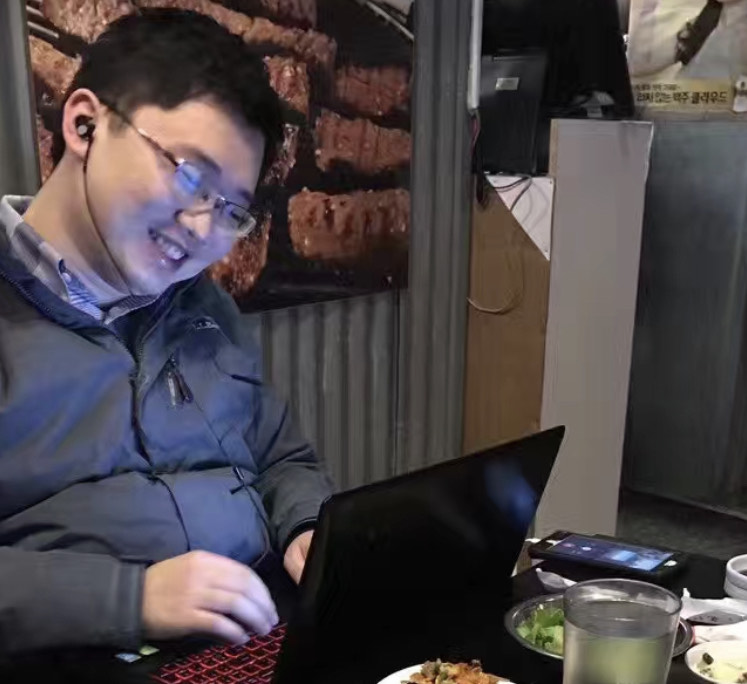HOWTO read papers
Why should you read papers?
- To learn new knowledge
- To search your research topic
- find what are missing in the paper
- To prepare your paper submission
- test whether your paper is still competitive after reading the paper
- To stimulate your brain
- discover new perspective for the same problem
- Just for fun
How many papers should I read?
- How many papers are publishing a year in your field?
- Systems research: about 400 papers per year
- 10 top-tier conferences * 40 papers
- OSDI/SOSP, ATC, EuroSys, ASPLOS, FAST, PPoPP, NSDI, SIGMOD, VLDB, PLDI, SIGCOM, ISCA, MICRO, PACT, SoCC, etc
- Security research: about 400 papers per year
- 4 top-tier conferences * 100 papers
- IEEE S&P (Oakland), NDSS, CCS, USENIX Security
- Read one third of them
- Read 120 papers a year
- Read two papers every week
Effective paper reading for a new area
- If you are reading papers on new to you, you first understand the landscape to understand common terms, key idea of major research, what are important aspects in the area.
- First, read lecture slides.
- Good instructors deliver organized knowledge for newbies to easily catch up.
- They covers the classic, important papers, which is common ground of the area.
- Second, read papers covered in the graduate-level advanced (seminar) classes.
- There are two types of seminar classes: one is designed to cover historically important papers (e.g., micro-kernel, exokernel, spin in OS design) and another is designed to address new important papers (e.g., Multikernel, Arrakis).
- Find out what are historically important ones and recently important ones and read some of them.
- Third, check out papers published in the top-tier conferences published within three years in the area
- Check out the most recent research interest of the area
Effective paper reading for your area
- Do not read any random paper
- Priorities are top-tier conference papers followed by very good workshop papers (e.g., HotOS, HotStorage, HotCloud, SoCC, Systor, ApSYS), industry conference presentations (e.g., Linux Plumbers Conference, BlackHat), and top-tier journal papers (e.g., TOCS, TC, TPDS, TOS).
- Read interactively
- First read abstract, introduction, and conclusion
- Then stop reading the paper and try to answer following questions:
- Q1: Why is the problem that the paper is trying to solve important?
- Q2: How will you solve the problem?
- Q3: How is this related to your problem?
- Read critically
- After reading the paper to the end, ask following questions:
- Q4: What are main claims of the paper?
- Q5: Are all the claims are backed by evaluation results?
- Q6: Is there any result that is not explained or is contradict to the claims?
- Q7: What are not considered? How can you improve this?
After reading the paper, summarize it
- Spend 5 minutes to summarize it including:
- Short summary of the paper (1-2 sentences)
- Short summary of the problem (1-2 sentences)
- Pros and cons of the paper
- One new idea to extend this paper
In a month later, review your summary
- Review your summary to discover your cool idea in a new context
Further reading
